Fermented and Pickled Pink: Why Some Foods Turn Pink After Processing
Some fermented and pickled foods take on a striking pink hue due to natural pigments, pH shifts, and bacterial activity. From kimchi to pickled onions, the transformation is both visually fascinating and scientifically intriguing. While often harmless, the color change can signal key reactions between acids, minerals, and microbes, making these vibrant foods as educational as they are delicious.
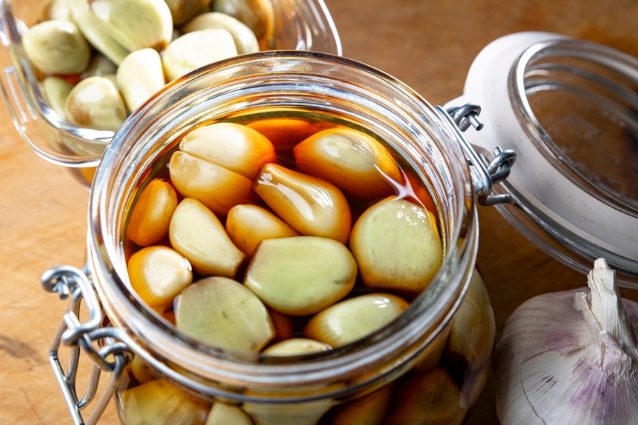;Resize,width=742;)
Fermented and pickled foods have long been valued for their tangy flavors, extended shelf life, and gut-friendly benefits, but some of them develop an unexpected pink hue during the process. From pickled onions to kimchi and pink sauerkraut, the transformation is not just visually striking but also rooted in fascinating science.
What Causes Foods to Turn Pink During Fermentation and Pickling?
Several factors contribute to the pink coloration in fermented and pickled foods, including natural pigments, pH changes, and bacterial activity.
1. Natural Pigments and pH Changes
Many vegetables contain anthocyanins, pigments found in red cabbage, radishes, and beets. When exposed to acidic environments (like vinegar or brine), these pigments can shift to a pink hue. Certain vegetables, such as garlic, turn pink or blue due to sulfur compounds reacting with acids.
2. Lactic Acid Bacteria and Microbial Activity
Fermentation encourages the growth of lactic acid bacteria (LAB), which alter the structure of pigments in foods, leading to color changes. Some strains of Lactobacillus produce pink-hued colonies during fermentation, especially in foods like sauerkraut and kimchi.
3. Reaction Between Minerals and Acids
The presence of minerals like iron, aluminum, or copper in water or salt can interact with plant pigments, intensifying pink coloration. This effect is common in fermented garlic, where sulfur compounds react with acidic environments to create a striking pink or purple hue.
Popular Fermented and Pickled Foods That Turn Pink
1. Pickled Red Onions
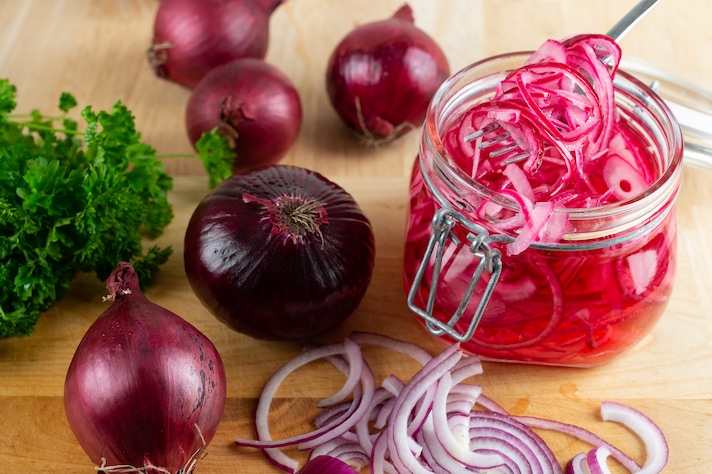
Soaking red onions in vinegar quickly enhances their natural anthocyanins, turning them into a vibrant pink garnish.
2. Kimchi
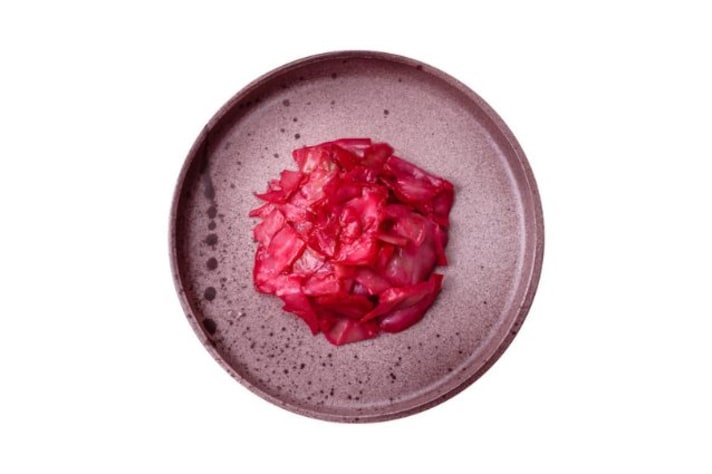
Traditional cabbage kimchi often takes on a pink hue due to the fermentation of red pepper and lactic acid activity.
3. Pickled Radishes
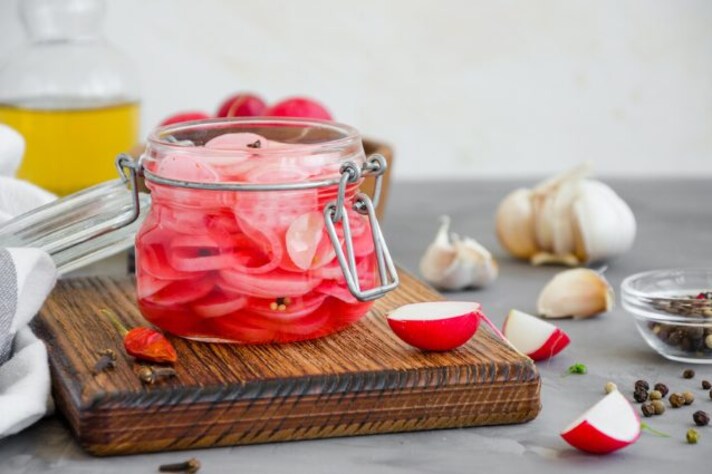
Their natural pigments shift to an intense pink when brined in acidic solutions, making them a common addition to tacos and rice dishes.
4. Pink Sauerkraut
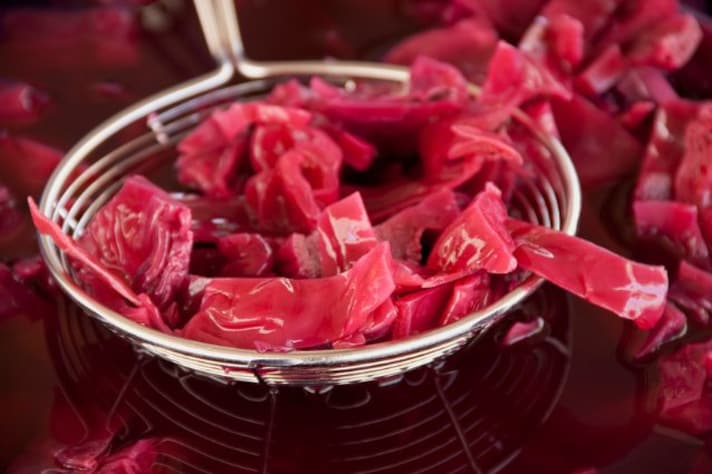
Regular green cabbage can develop pink streaks when fermented due to pH changes and bacterial activity.
5. Fermented Garlic
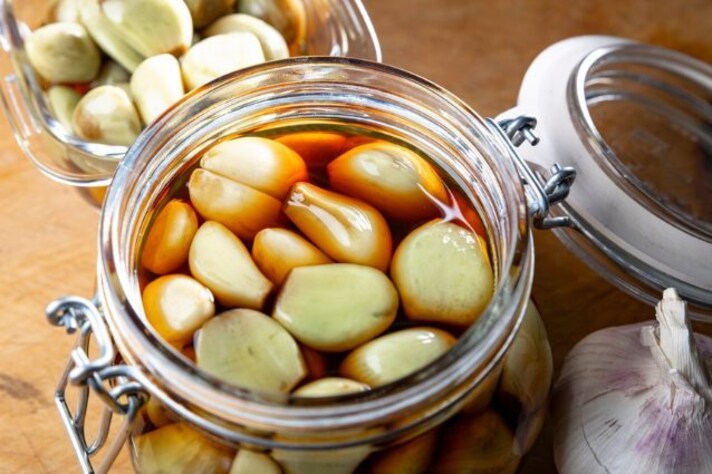
Garlic cloves can turn pink or even blue due to their sulfur compounds reacting with acidic brines.
Are Pink Fermented and Pickled Foods Safe to Eat?
Yes! The pink hue in fermented and pickled foods is typically a natural and harmless reaction. However, if the food exhibits signs of spoilage—such as slimy textures, mold growth, or foul odors—it’s best to discard it.
How to Achieve (or Avoid) Pink Pickles
If you love the vibrant pink look, try these tips:
- Use acidic brines (like vinegar or lemon juice) with red or purple vegetables.
- Keep fermentation conditions stable, avoiding contamination that may lead to unwanted color changes.
- Experiment with natural dyes, like beet juice, to enhance pink tones.
To prevent unexpected pink coloration:
- Use filtered water to avoid mineral interactions.
- Choose fresh produce and control temperature conditions to prevent microbial imbalance.
The Beauty of Pink Pickles and Ferments
Beyond their striking appearance, pink fermented and pickled foods offer a powerhouse of probiotics, antioxidants, and complex flavors. Whether it’s a crunchy pickled onion or a vibrant batch of kimchi, these naturally pink transformations are a testament to the art and science of food preservation. Next time you see a pink pickle, know that nature and chemistry are working together to bring you something delicious and nutritious!
;Resize,width=767;)
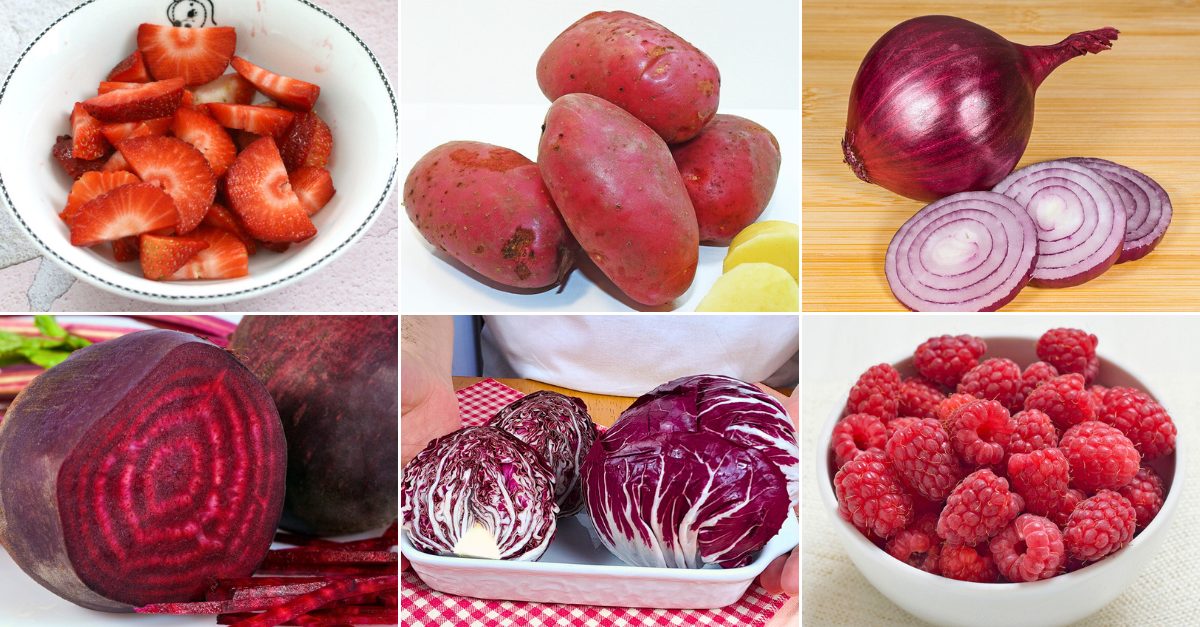;Resize,width=712;)

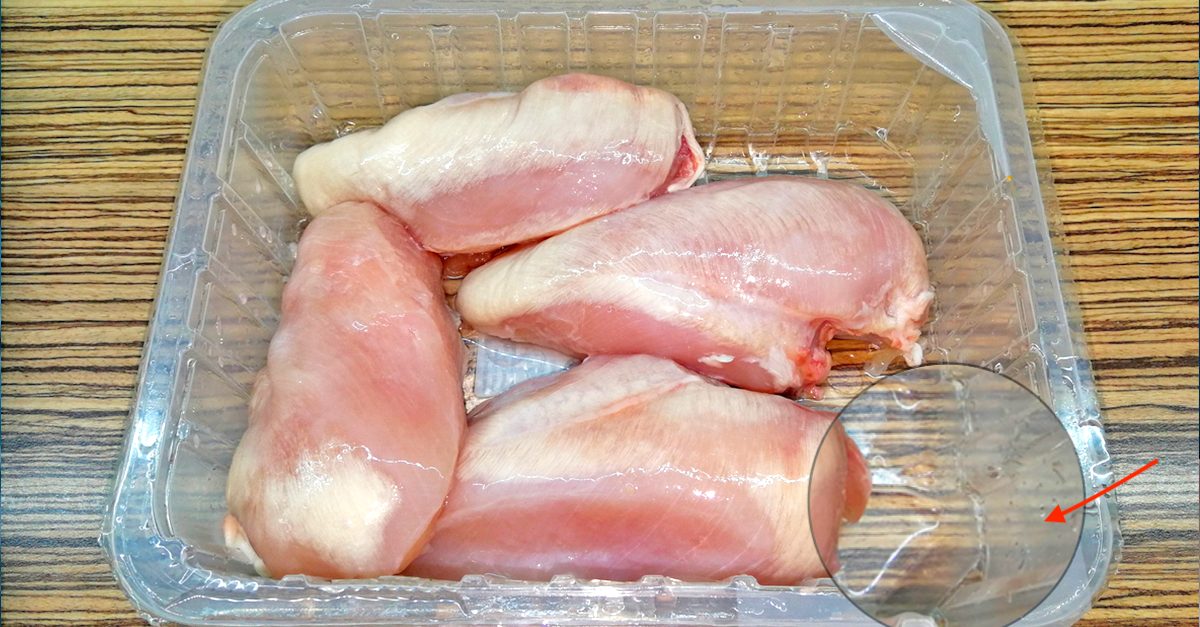;Resize,width=712;)
